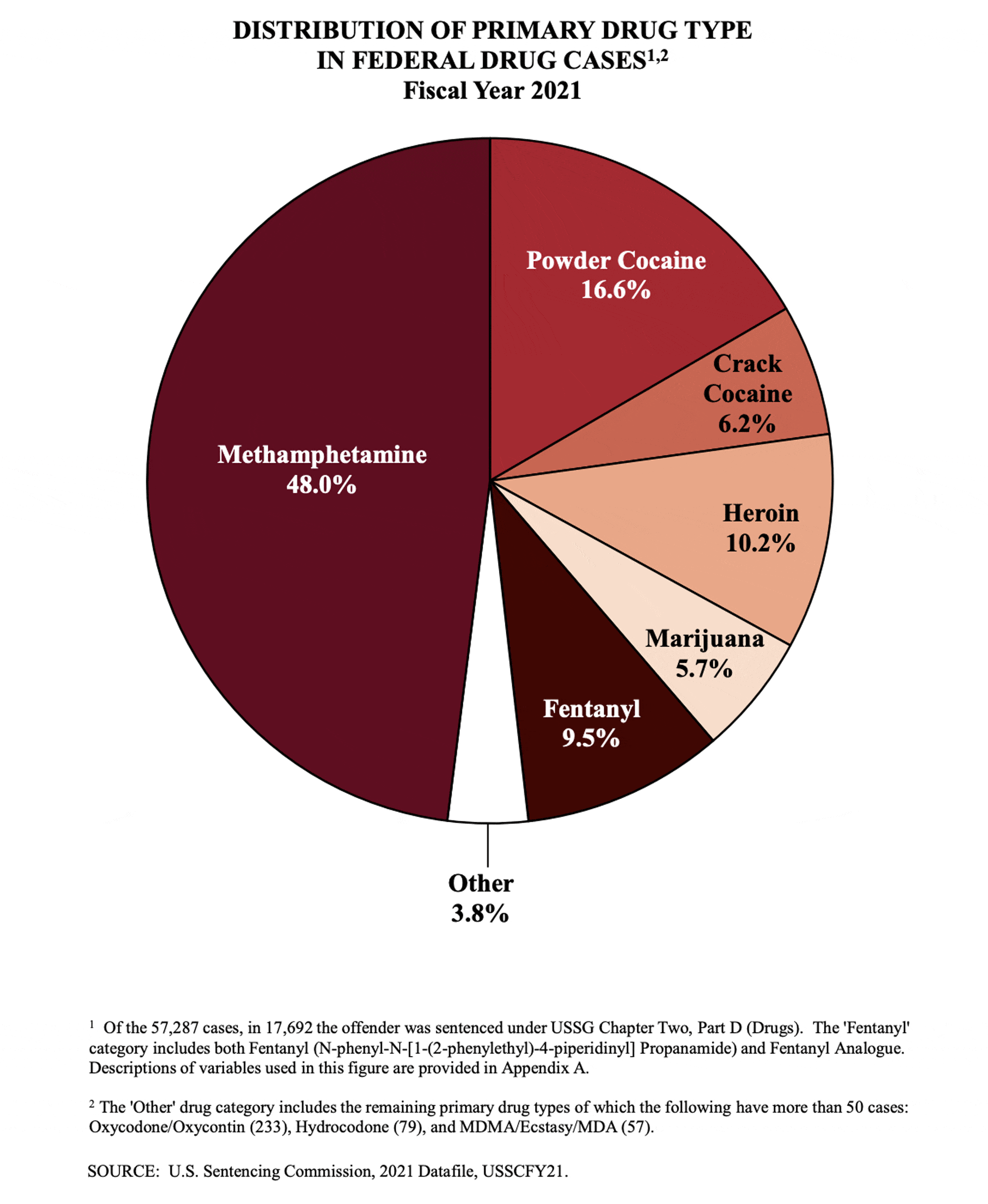



This was a step in the right direction, but there are thousands more inmates who suffered similar injustices and remain in prison. The eight inmates who had their sentences commuted by President Obama were all victims of the 100:1 disparity and thus serving harsh and lengthy sentences. The Fair Sentencing Act of 2010 reduced the disparity down to about 18:1, but the two drugs are still sentenced differently and the changes were not applied retroactively to those already in prison. In other words, someone convicted for possession of five grams of crack would receive the same sentence as another person in possession of 500 grams of cocaine. Nonetheless, the two drugs had a 100:1 sentencing disparity. Powder cocaine is often considered a drug of the white and wealthy.

Crack is cheaper and largely used in poor African-American neighborhoods. In reality, the difference between the two drugs had more to do with race and socioeconomic status than potency. During the crack-cocaine panic in the 1980s, legislators passed sentencing laws based on the false belief that crack-cocaine was considerably more dangerous than powder cocaine. To better put this situation in context, you may need a brief history lesson. Some say the President’s actions are a good start, but that thousands of other inmates deserve the same relief. Recently, President Obama brought renewed attention to this problem by commuting the sentences of eight federal inmates who had been convicted for crack-cocaine offenses. Drug laws have become exponentially stricter over the last few decades, fueled largely by zealous politicians who wanted to appear tough on crime.Īs a result, non-violent drug offenders often receive disproportionately long prison sentences because of mandatory minimum laws and sentencing disparities that do not allow judges to use their own discretion. This is especially true when it comes to the sentencing rules and guidelines for federal drug offenses. While the criminal justice system was designed to be fair and predictable, it does not always live up to this goal.


 0 kommentar(er)
0 kommentar(er)
